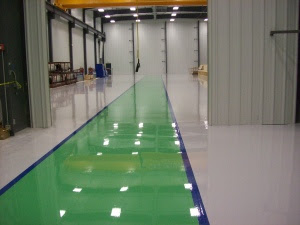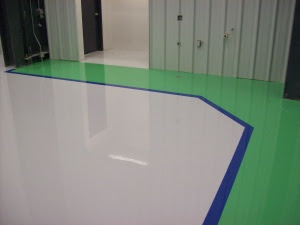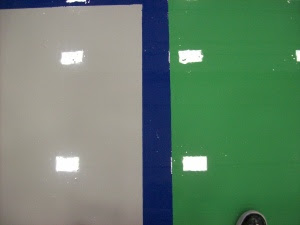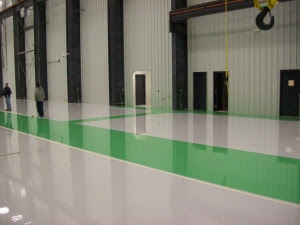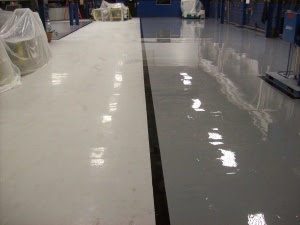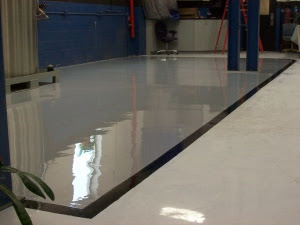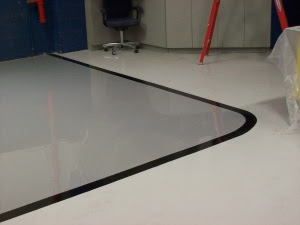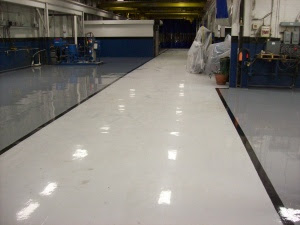Line Striping Flooring: Enhancing Safety and Organization
Line striping flooring, also known as line-marking flooring, plays a crucial role in enhancing safety and organization within various environments. This specialized flooring solution involves the application of painted or taped lines and markings on the floor to delineate specific areas, pathways, or zones. Line striping serves both functional and aesthetic purposes, making it a valuable asset in a variety of settings.
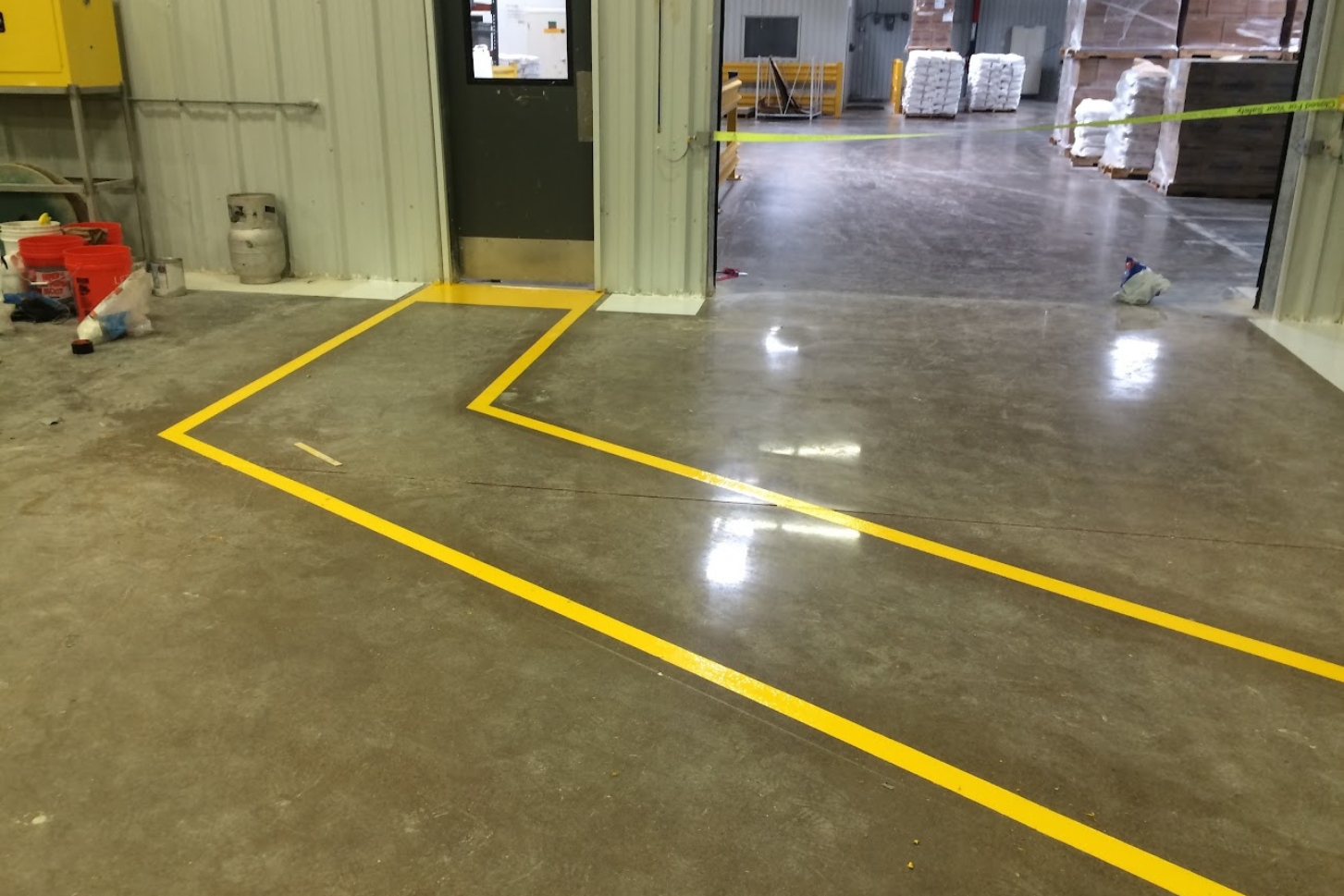
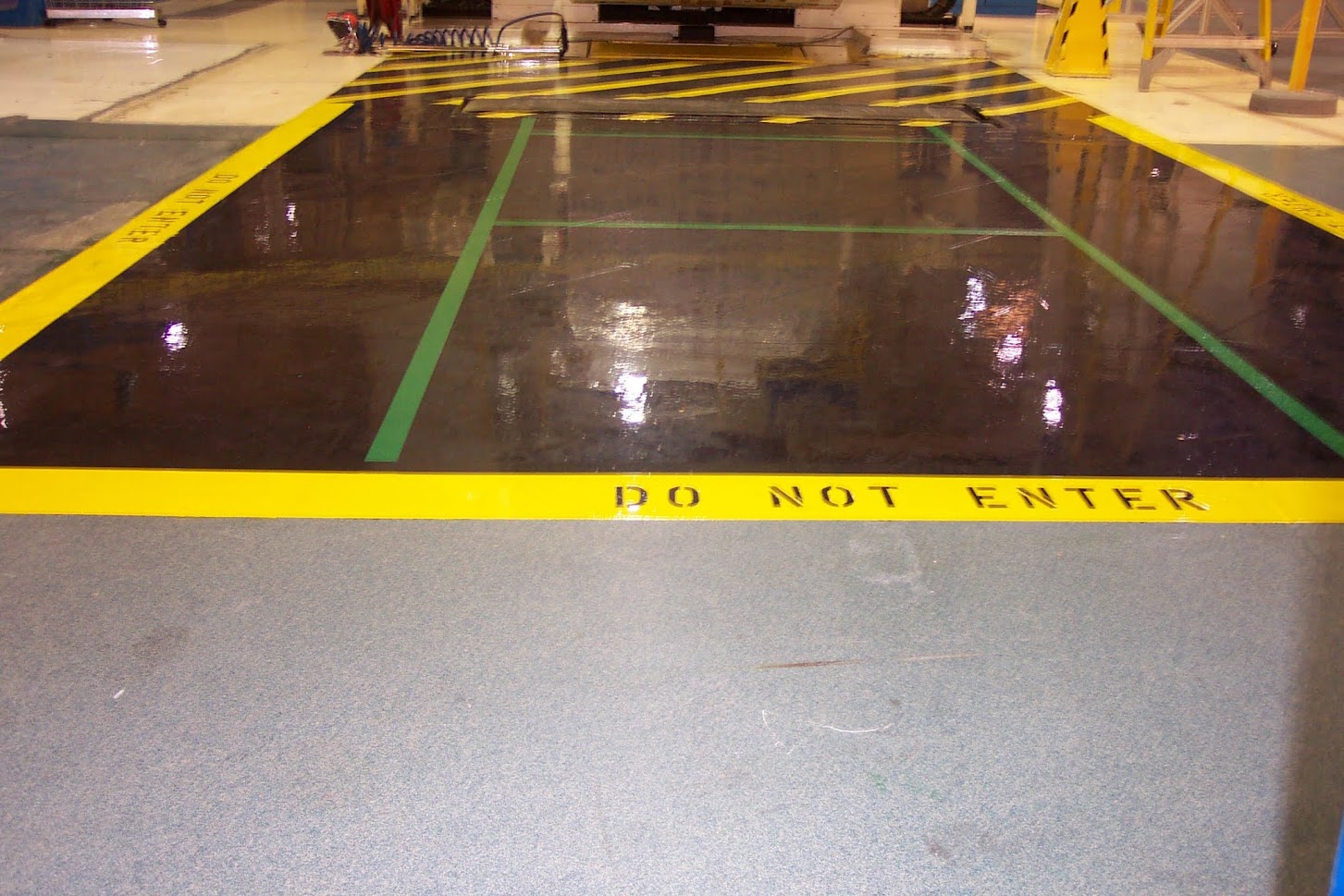

Key Components and Techniques:
Marking Materials: Line striping is typically achieved using high-visibility paints or tapes. These materials are chosen for their durability and ability to withstand foot traffic, equipment, and environmental conditions. The colors used often have specific meanings, such as yellow for caution, white for traffic lanes, and red for fire lanes.
Precision and Measurement: Achieving accurate and uniform line striping requires precision and careful measurement. Professionals use specialized tools, such as tape measures and chalk lines, to ensure straight lines and consistent spacing. This precision is particularly crucial in environments where safety and compliance standards must be met.
Applications
Warehouses and Industrial Facilities
Line striping is extensively used in warehouses and industrial settings to define traffic lanes, storage zones, and safety walkways. Clearly marked areas contribute to the efficient movement of goods, prevent accidents, and comply with safety regulations.
Parking Lots
Line striping is a fundamental aspect of parking lot design. Clearly marked parking spaces, directional arrows, and handicap symbols contribute to smooth traffic flow, efficient space utilization, and compliance with accessibility standards.
Sports Facilities
Line striping is essential in sports facilities, where it defines playing areas, boundary lines, and safety zones. Different sports may require specific markings, and precise striping ensures fair play and safety.
Commercial Spaces
Retail stores, shopping centers, and other commercial spaces use line striping to create organized queuing areas, guide customers through aisles, and indicate safety zones. This contributes to a positive customer experience and ensures compliance with safety regulations.
Featured Projects
